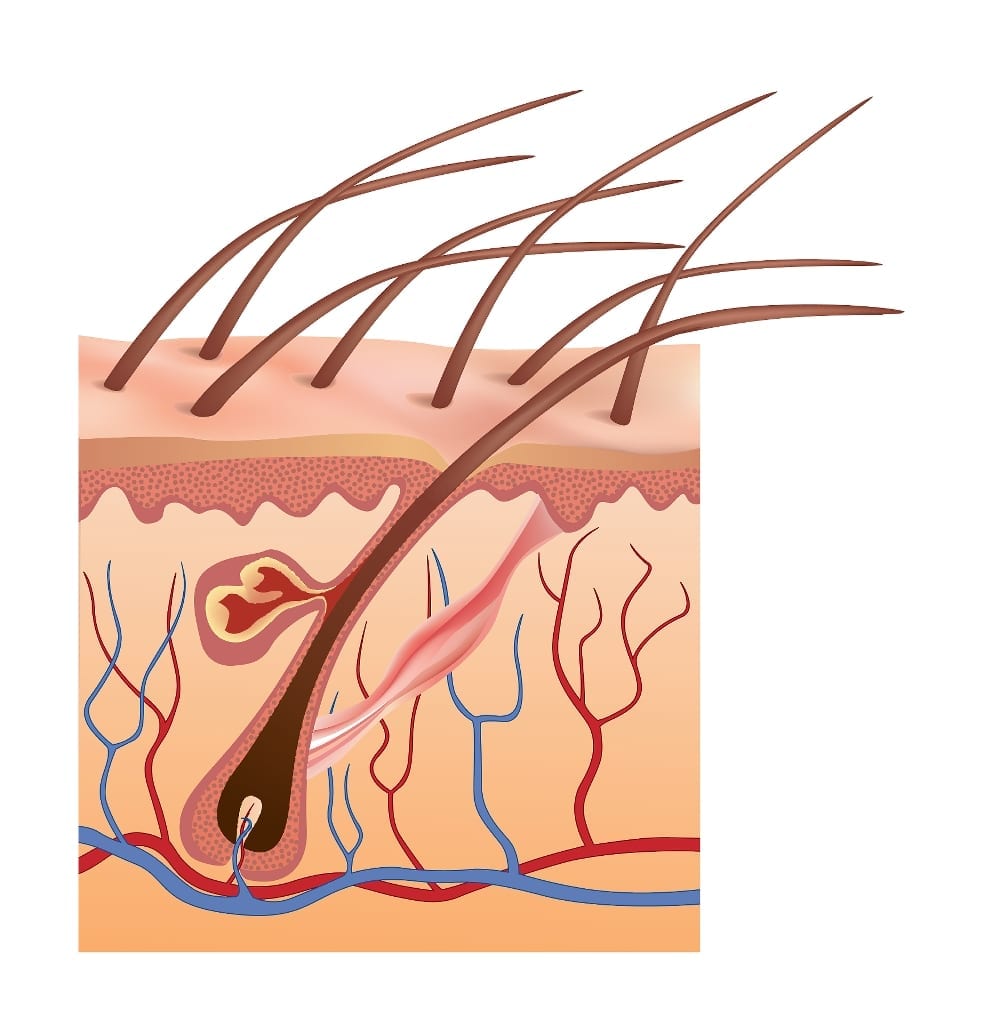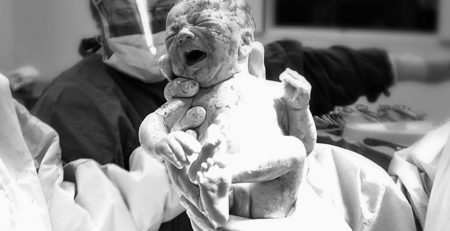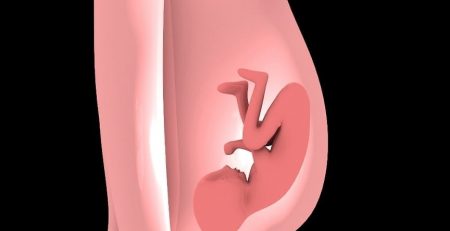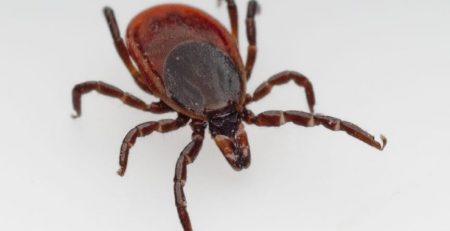First Lab-Grown Hair Developed at Indiana University
Scientists at Indiana University School of Medicine have developed a process that “could lead to next-generation skin grafting techniques and enable development of drugs for diseases such as cancer, alopecia, and acne,” according to IFLScience.com.
Their study, published in Cell Reports, stemmed from previous research focusing on generating inner ear cells from embryonic mouse stem cells (mESCs).
“In developing embryo, the inner ear comes from the same layer of cells as the top layer of the skin [the epidermis], so it was no surprise that skin and inner ear tissue formed in tandem,” lead researcher Karl Koehler said in a statement, published by the University. “We were surprised to find that the bottom layer of the skin, the dermis, also develops.”
In this study, Koehler’s team looked at different culture conditions until they found an environment “that caused dual-layered cluster to self-organize into a miniature model of skin, called an organoid.” This organoid “underwent the same key steps of natural skin development that occur in utero, including…the spontaneious sprouting of hair follicles,” IFLScience.com reported.
“This is fascinating because it shows that if we derive the basic building blocks of skin together in culture, then these diverse cell types will self-assemble on their own,” Koehler said.
Read more about this discovery here.














